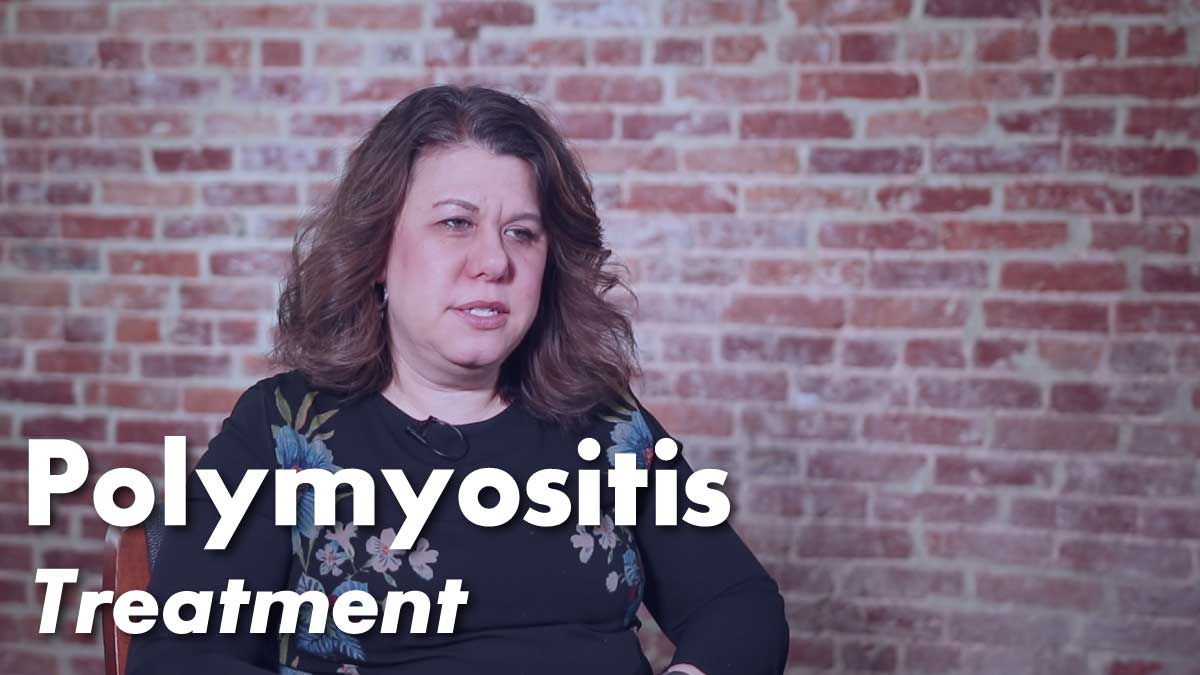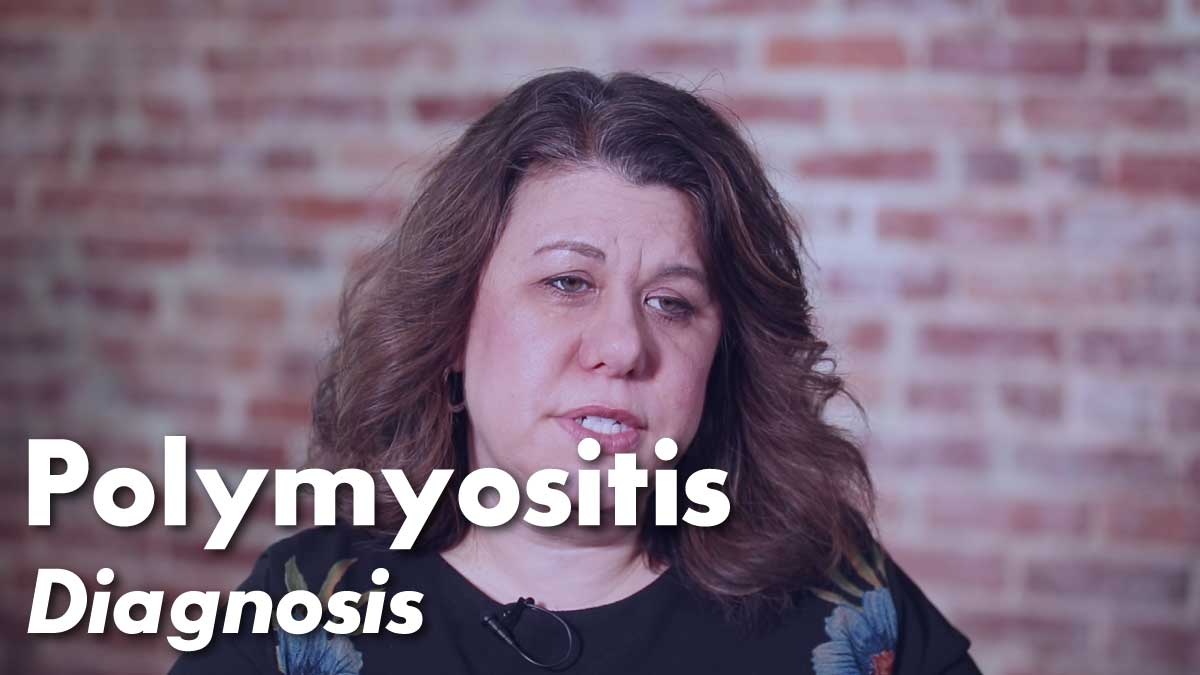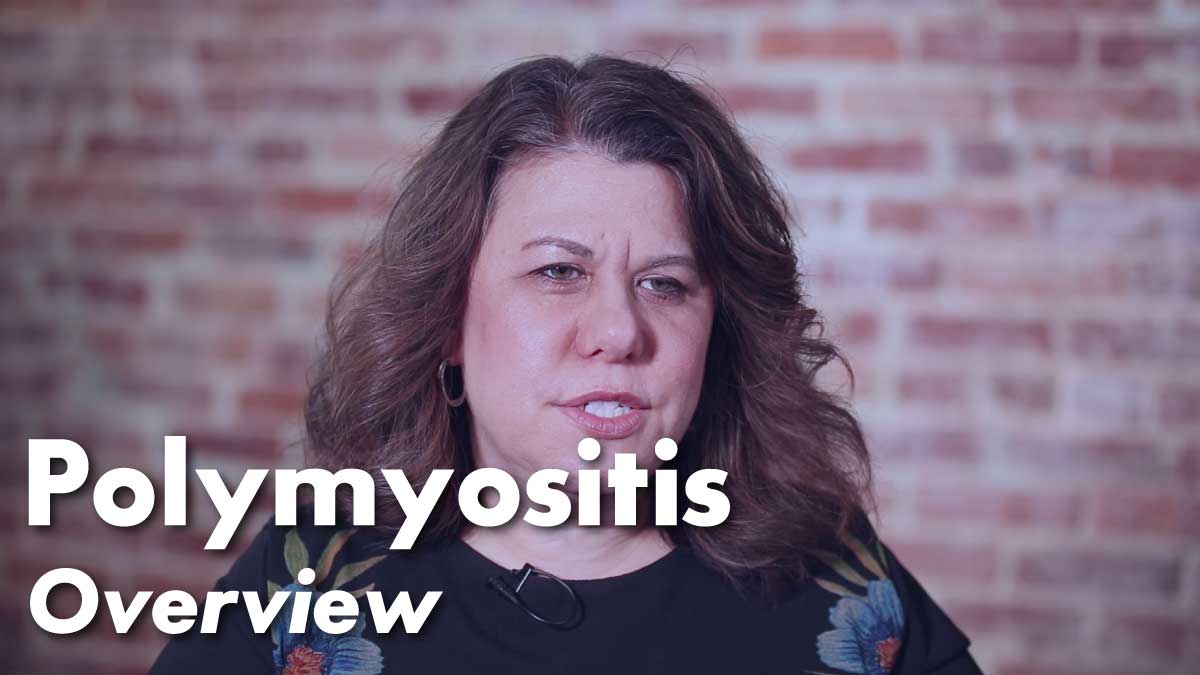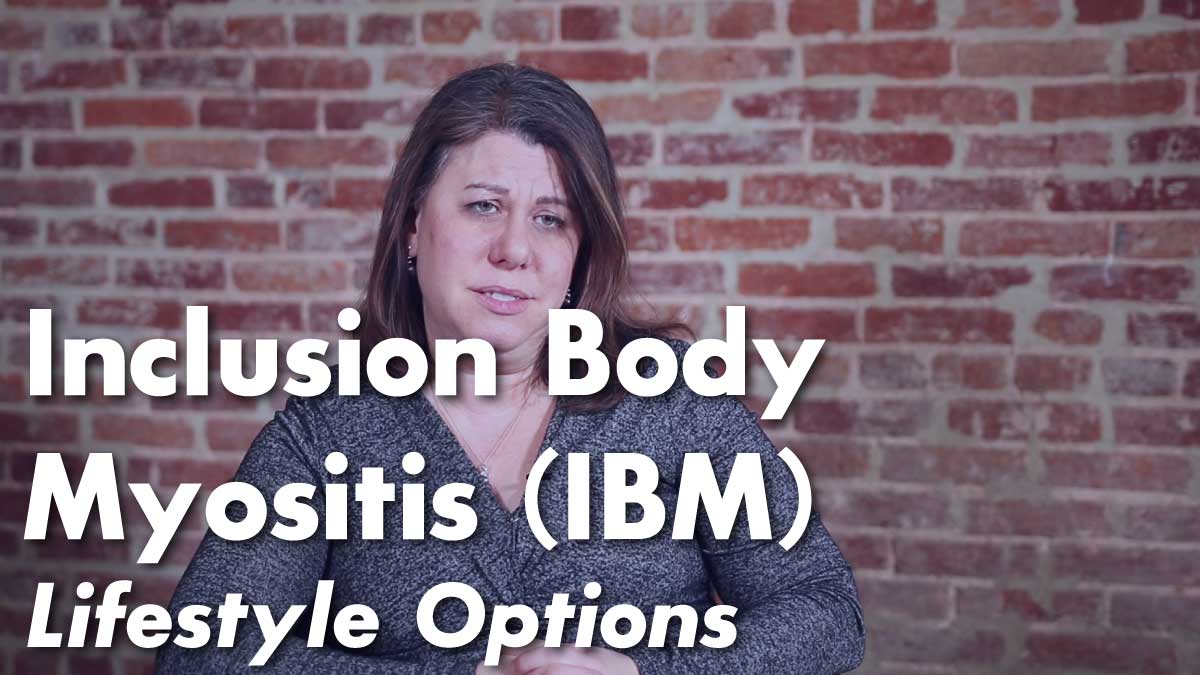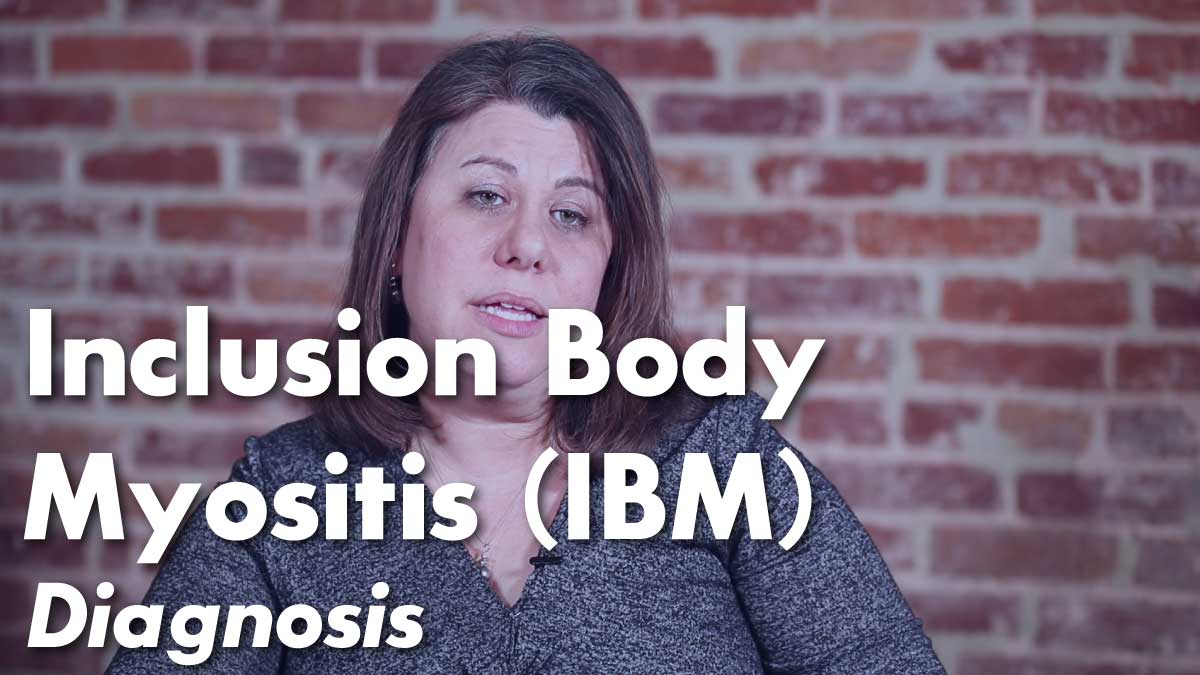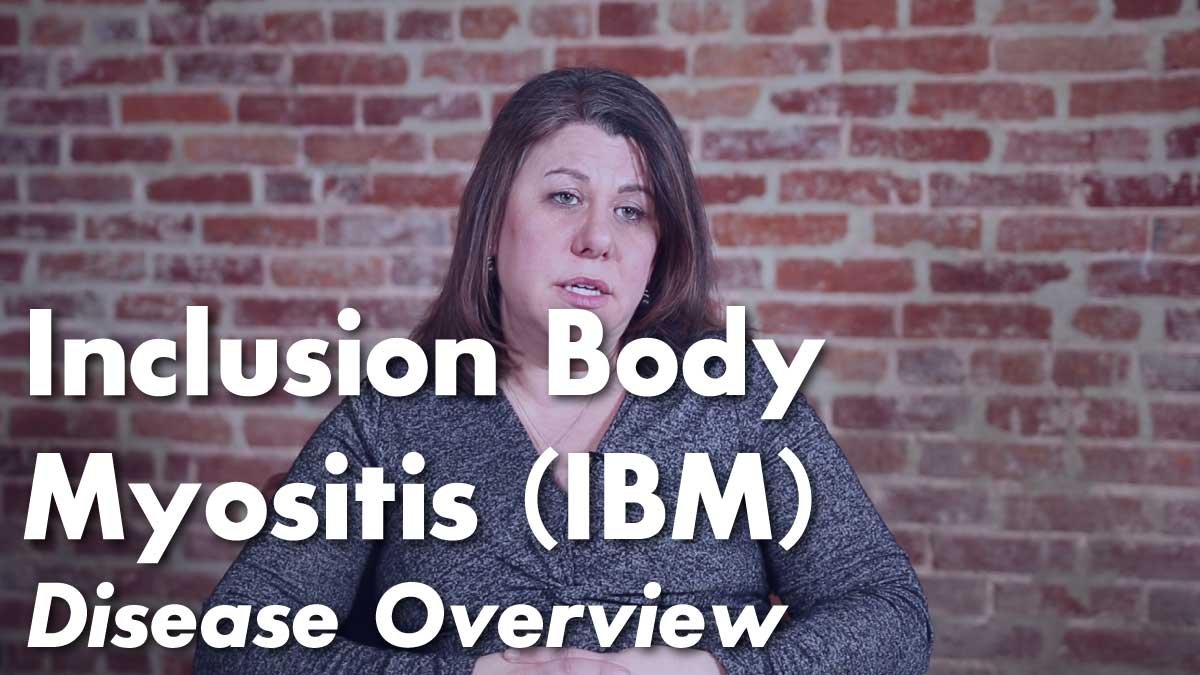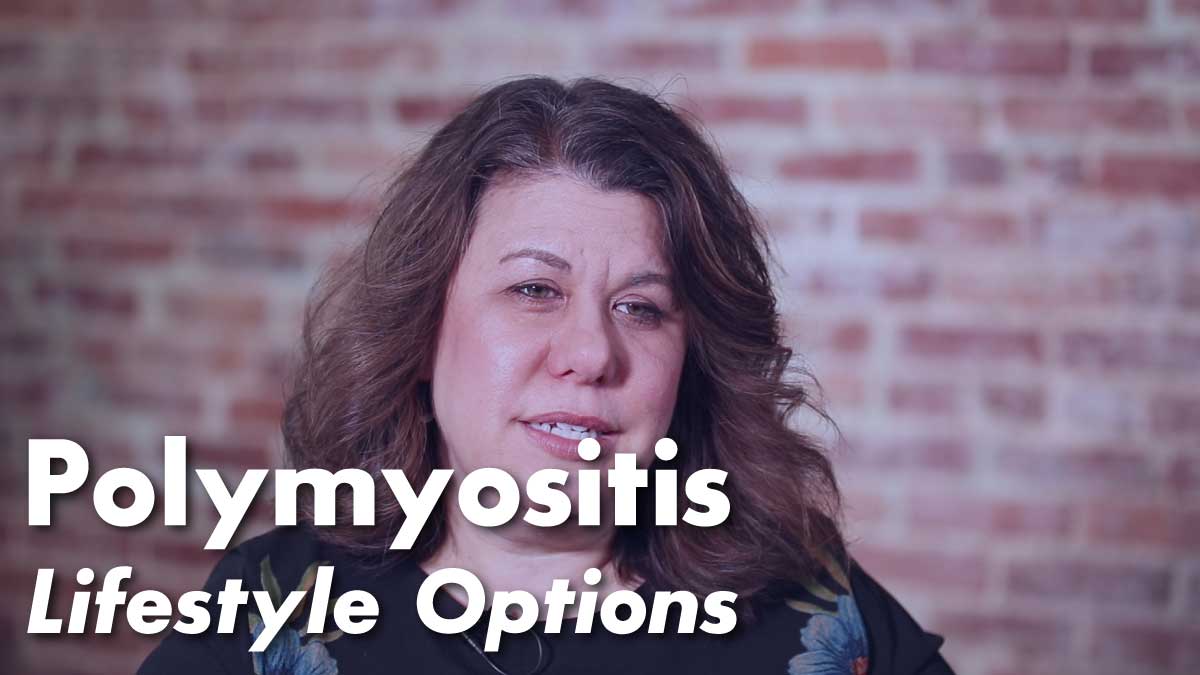
There are many things to do at home to ease the muscle pain and inflammation. Self-care, including massages, taking a break from work or working from home, and eating more holistically can help. In this video, Dr. Lisa Christopher-Stine, the Director of the Myositis Center, delves into how to live a normal, healthy life with a diagnosis of polymyositis.
